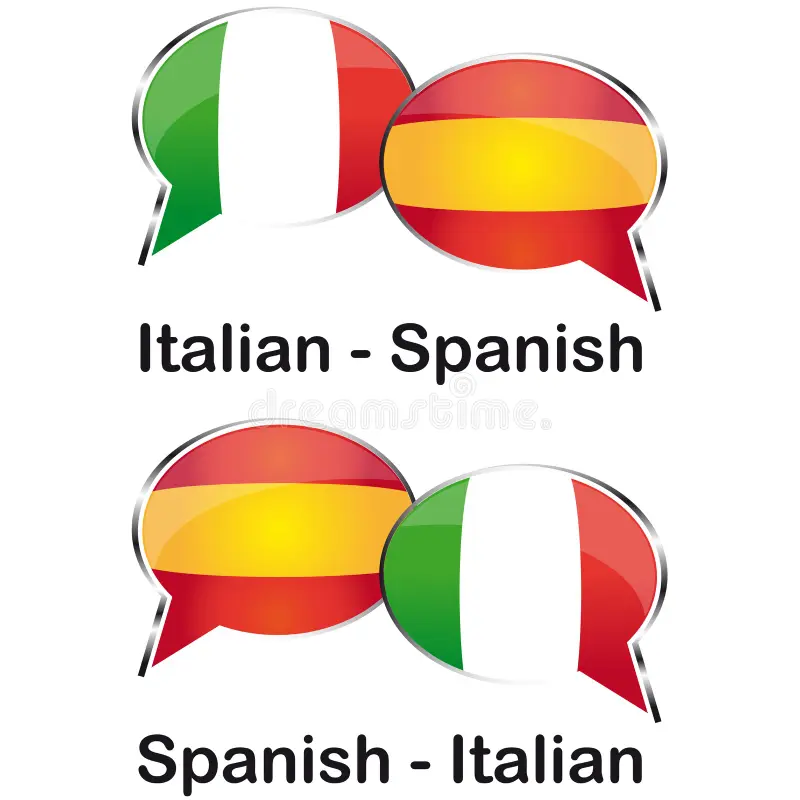Italian to Spanish translations require more than just linguistic knowledge. They demand a deep understanding of cultural context, syntax, and regional nuances to ensure accurate and effective communication.
Italian is a melodic, expressive language that shares many similarities with Spanish. However, these similarities can be deceptive, often leading to mistranslations if handled without the proper expertise.
From legal documents to informal expressions, every translation involves a delicate balance between staying faithful to the original and adapting to the target audience. This is where professional Italian translations make all the difference.
Accuracy and context in Italian translations
Italian has unique structures and subtle nuances that can easily lead to confusion if translated literally. A successful translation requires attention not only to the literal meaning of words but also to the context in which they’re used.
Similar words, different meanings
Because of their shared Latin roots, Italian and Spanish contain many lookalike words — but appearances can be misleading. Some common examples include:
- “Burro” in Italian means “butter”, not the animal.
- “Sensibile” means “sensitive” or “delicate”, not “sensible.”
- “Camera” in Italian refers to a room, not a photographic device.
Understanding these differences is essential to prevent errors in Italian translations and ensure the correct message is delivered.
Structural and grammatical differences
While Spanish and Italian are similar, they differ in sentence structure and grammar:
- Word order: In Italian, the subject is often omitted, which can impact clarity if not carefully translated.
- The pronoun “ne”: Frequently used in Italian, it has no direct equivalent in Spanish and must be interpreted contextually.
- Verb tenses: Italian verb tenses such as passato prossimo may translate to either the present perfect or the simple past in Spanish, depending on context.

Italian translations across different sectors
Italian to Spanish translations are essential in a variety of industries, each with its own challenges:
- Legal documents: Contracts, certifications, and regulations require precise legal terminology in both languages.
- Tourism and gastronomy: Travel guides, menus, and tourism content must reflect cultural nuances, not just language.
- Fashion and design: Italy is a global fashion leader, so translations must preserve brand identity and tone.
Beyond literal translation
One of the biggest challenges in Italian translations is adapting the tone and register. A translation that’s too literal may sound awkward, while one that’s too loose can alter the intended meaning.
Achieving the right balance, staying true to the source while ensuring natural flow in the target language is key. This is especially important in advertising, literature, and audiovisual content where emotion and expression matter most.
Why professional Italian translations matter
While machine translation tools can help with basic terms, they often fail to capture tone, nuance, and intent. Human translators remain essential for delivering culturally appropriate, accurate results.
In short, Italian translations are not just a technical task. They’re a process of interpretation, adaptation, and cultural understanding. A precise and thoughtful approach is crucial for effective communication.
Italian translations by Max Translation
At Max Translation, we understand the complexities of Italian to Spanish translations. Our team of native-speaking experts delivers high-quality results that reflect both linguistic precision and cultural sensitivity.
We don’t just translate words, we convey meaning. From grammar and vocabulary to idiomatic expressions and regional flavor, our professionals ensure every Italian text sounds fluent and natural in Spanish. Contact us today.



